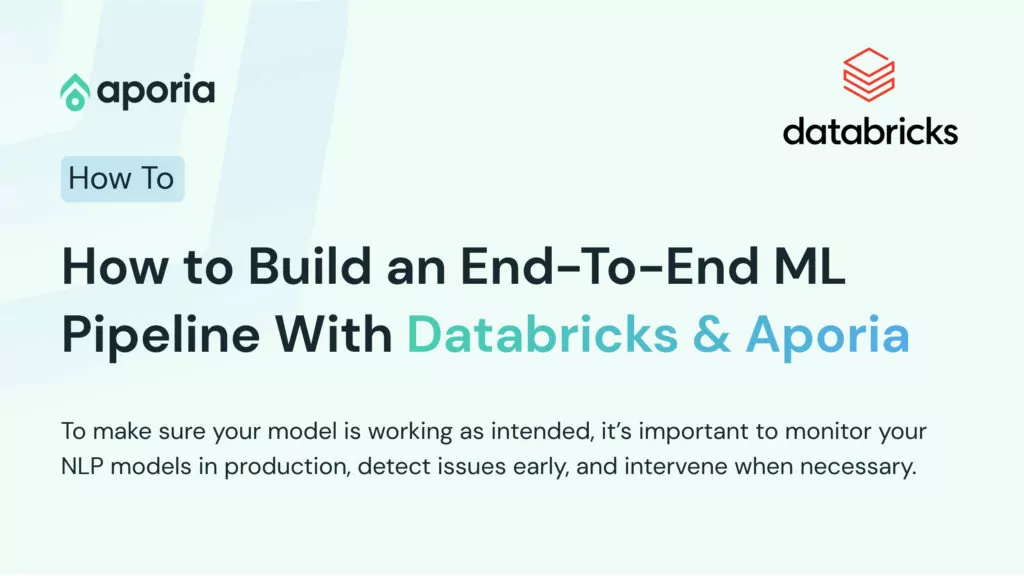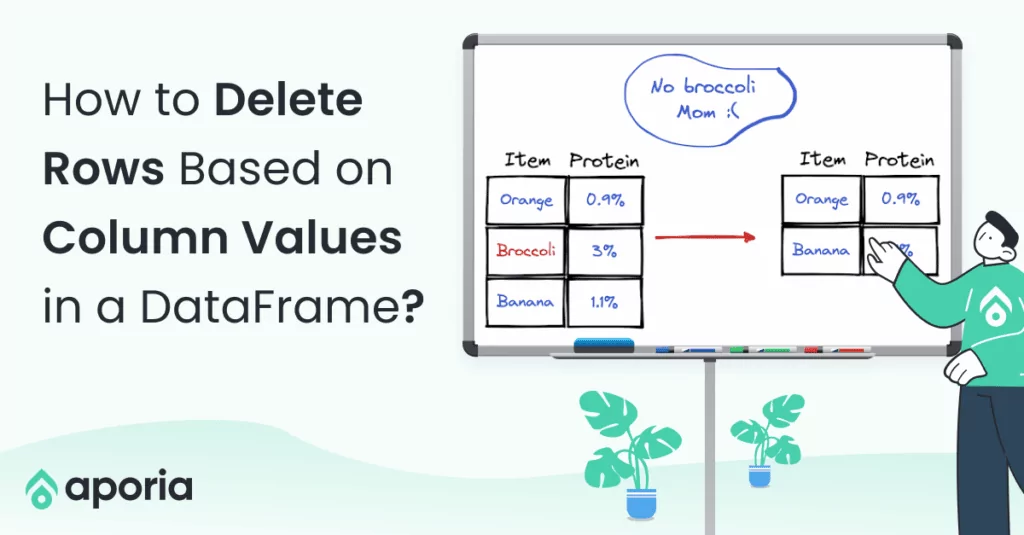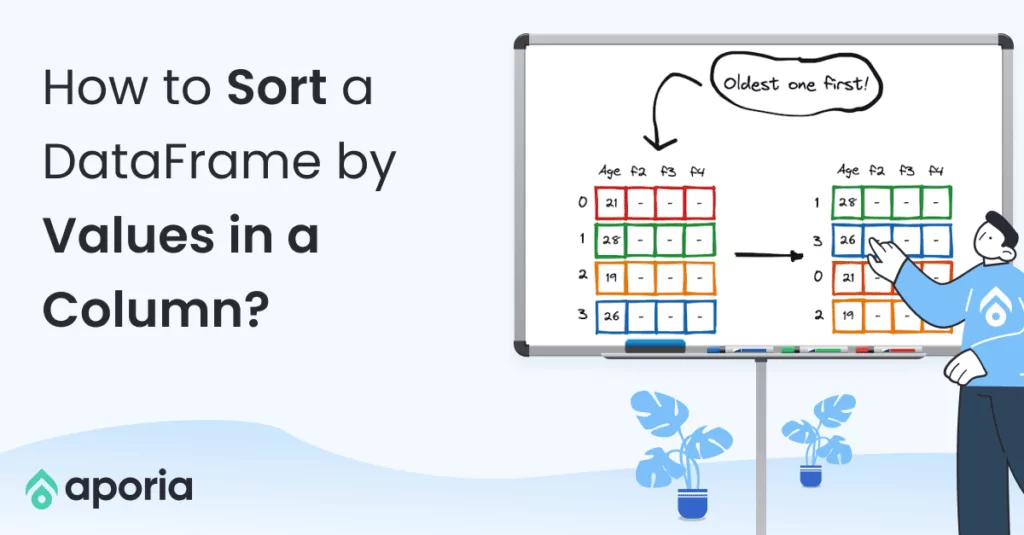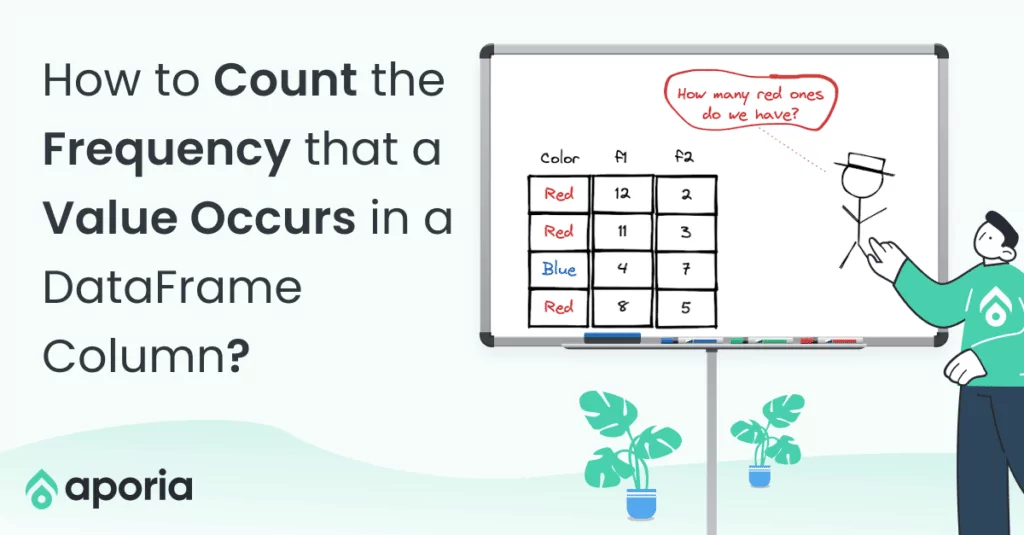
How to Build an End-To-End ML Pipeline With Databricks & Aporia
This tutorial will show you how to build a robust end-to-end ML pipeline with Databricks and Aporia. Here’s what you’ll...
Aporia has been acquired by Coralogix, instantly bringing AI security and reliability to thousands of enterprises | Read the announcement
The DataFrames we work with in real life are quite large and contain lots of columns. In some cases, it is not practical to visually check the column names and we want them in a list.
In this short how-to article, we will learn how to create a list from column names in Pandas and PySpark DataFrames.

The columns method returns an Index object which contains all the column names. It can be converted to a list by using the list constructor or the tolist method.
# with list constructor
col_list = list(df.columns)
# with tolist method
col_list = df.columns.tolist()The columns method in PySpark returns a list of columns. Thus, we do not need an additional operation.
col_list = df.columns
This tutorial will show you how to build a robust end-to-end ML pipeline with Databricks and Aporia. Here’s what you’ll...

Dictionary is a built-in data structure of Python, which consists of key-value pairs. In this short how-to article, we will...

A row in a DataFrame can be considered as an observation with several features that are represented by columns. We...

DataFrame is a two-dimensional data structure with labeled rows and columns. Row labels are also known as the index of...
DataFrames are great for data cleaning, analysis, and visualization. However, they cannot be used in storing or transferring data. Once...

In this short how-to article, we will learn how to sort the rows of a DataFrame by the value in...

In a column with categorical or distinct values, it is important to know the number of occurrences of each value....

NaN values are also called missing values and simply indicate the data we do not have. We do not like...